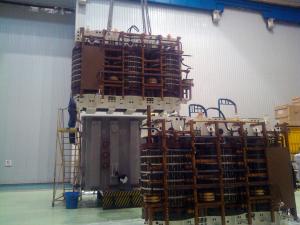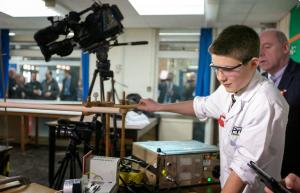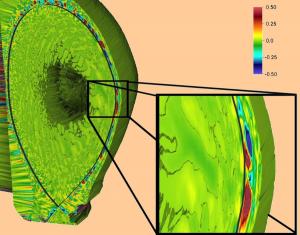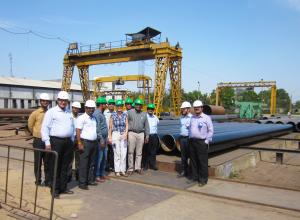What’s New
31 March 2014
ITER news digest for the period of 24 March 2014 to 31 March 2014.

ITER site works popular on YouTube

ITER at the Cité des Sciences in Paris

Puffing hydrogen for self-protection

14 Million Yomiuri readers will hear about ITER








